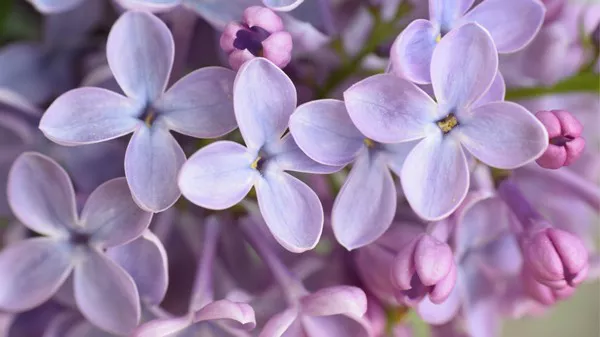The beauty of flowers is ephemeral, and capturing their essence through photography allows us to preserve and appreciate their fleeting moments. Framing flowers not only immortalizes their delicate charm but also serves as a unique and personalized form of art.
Choosing the Right Flowers for Framing
The first step in creating a captivating flower frame is selecting the right flowers. Choose blooms that showcase a variety of colors, shapes, and textures. Consider flowers with intricate details such as rose petals, the delicate structure of lilies, or the vibrancy of sunflowers. Whether you gather flowers from your garden or purchase them, ensure they are fresh and in peak condition for the most visually appealing results.
Selecting the Perfect Frame
The choice of frame plays a crucial role in enhancing the overall presentation of your framed flowers. Consider the following factors when selecting a frame:
Frame Material: Frames come in various materials, including wood, metal, and acrylic. Choose a material that complements the style of the flowers and the space where the framed piece will be displayed.
Frame Color: The color of the frame should harmonize with the colors of the flowers. Consider neutral tones for a classic look or bold colors for a more contemporary and vibrant aesthetic.
Frame Size: Select a frame size that accommodates the number and size of the flowers you intend to frame. A larger frame can be a striking statement piece, while a smaller frame may create an intimate and intricate display.
Frame Style: Frames come in different styles, from traditional and ornate to modern and minimalist. Choose a style that aligns with your personal taste and the decor of the intended space.
Preparing Flowers for Framing
Before framing flowers, it’s essential to prepare them properly to ensure longevity and visual appeal:
Drying Flowers: Pressing or drying flowers is a common method to preserve their shape and color. Place flowers between layers of absorbent paper, such as newspaper or blotting paper, and press them within the pages of a heavy book for a few weeks.
Silica Gel Method: Silica gel can be used to dry flowers more quickly. Submerge the flowers in silica gel and allow them to dry over a few days. This method helps retain the flowers’ original shape and color.
Choosing Blooms with Longevity: Some flowers naturally retain their color and form better than others when dried. Consider flowers like roses, lavender, and baby’s breath for their ability to preserve well.
Sealing with Hairspray: After drying, lightly spray the flowers with hairspray to help protect and preserve their color. Allow the hairspray to dry thoroughly before framing.
Arranging and Mounting Flowers in the Frame
Once your flowers are prepared, it’s time to arrange and mount them in the frame. Follow these steps for a visually appealing display:
Create a Layout: Before attaching the flowers, experiment with different layouts on a flat surface. Consider the arrangement and spacing of each bloom to achieve a balanced and aesthetically pleasing composition.
Secure the Flowers: Once you’ve settled on a layout, use a small amount of clear adhesive or glue to attach each flower to the backing of the frame. Be mindful of the placement and ensure the flowers are securely attached.
Add Dimension: To create depth and visual interest, layer the flowers by attaching some directly to the backing and others slightly elevated using small pieces of foam or double-sided tape.
Include Foliage or Background Elements: Enhance the overall composition by incorporating dried leaves, foliage, or background elements. These additions can complement the flowers and add texture to the display.
Protecting and Preserving Framed Flowers
To ensure the longevity of your framed flowers, take measures to protect them from environmental factors:
UV-Resistant Glass: Choose UV-resistant glass for your frame to protect the flowers from harmful ultraviolet rays. This helps prevent fading and discoloration over time.
Avoid Direct Sunlight: Display the framed flowers in a location where they are not exposed to direct sunlight, as prolonged sun exposure can accelerate fading.
Control Humidity: Avoid displaying framed flowers in areas with high humidity, as moisture can damage the flowers and the frame. Keep the frame in a dry and well-ventilated space.
Regular Cleaning: Dust and clean the frame regularly to maintain the clarity of the glass and the overall presentation of the framed flowers.
Creative Display Ideas for Framed Flowers
Gallery Wall: Create a stunning gallery wall by framing a collection of different flowers in coordinating frames. Vary the sizes and shapes for a visually dynamic display.
Shadow Boxes: Use shadow boxes to frame and display three-dimensional arrangements of flowers. This method allows you to include additional elements such as small mementos or trinkets.
Botanical Prints: Frame individual flowers or small bouquets in a uniform style to create a series of botanical prints. This approach is elegant and timeless.
Seasonal Displays: Rotate framed flower displays based on the seasons. Highlight spring blooms during the warmer months and transition to autumn flowers as the weather changes.
Conclusion
In conclusion, framing flowers is a creative and artistic way to capture the timeless beauty of blooms and transform them into lasting pieces of decor. Whether you opt for a classic arrangement, experiment with creative layouts, or incorporate various framing styles, the result is a visually stunning representation of nature’s fleeting elegance. Embrace the art of framing flowers to add a touch of botanical beauty to your living space, creating a unique and personalized ambiance that resonates with the charm of blooming flowers.


